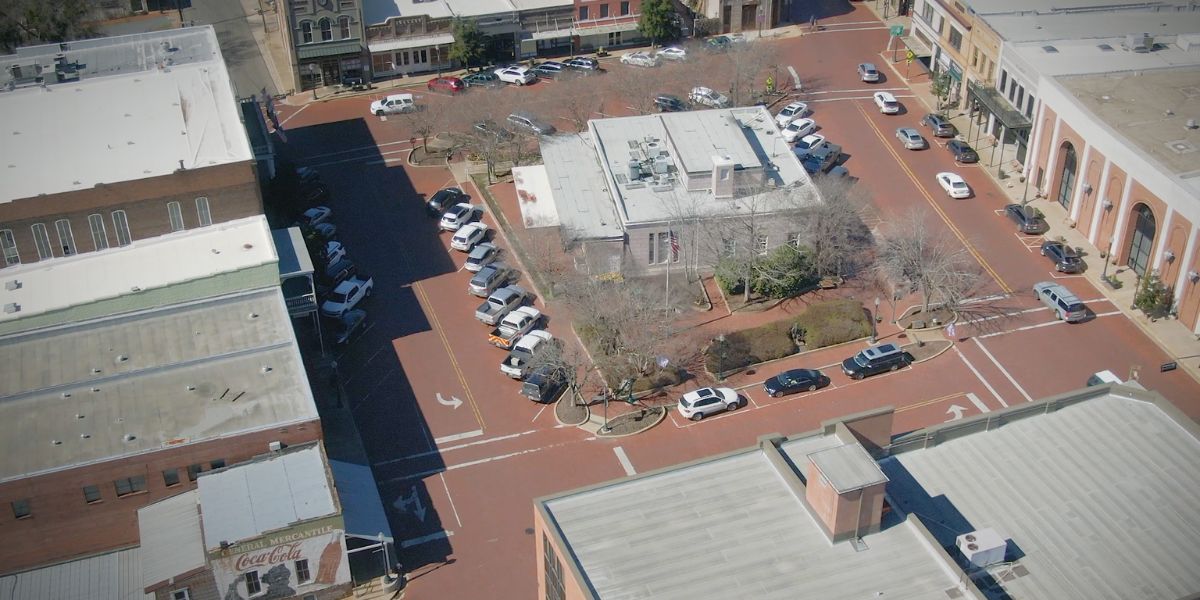Discover the Oldest Cities in Texas: A Historical Journey
Explore Texas’s nine oldest towns to learn about its interesting history. The past comes to life through the architecture, culture, and stories that are told there. From the busy San Antonio to the quiet Nacogdoches, these cities were created by Spanish missionaries, European settlers, and Native Americans. Each added to the unique fabric of Texas history.
Take a walk through historic areas and see old missions to feel the Lone Star State’s lasting charm. Explore the history and lively communities of Texas’s oldest towns with us. Each one gives a unique look into the state’s long and varied past, whether you’re interested in history or just like to travel.
1. Presidio (Founded in 1535)
The oldest places in Texas vary depending on what you look at, but modern-day Presidio stands out. The oldest European colony in Texas was founded in 1535 by Spanish explorer Álvar Núñez Cabeza de Vaca under the name La Junta De Las Cruces. The Cochise culture has been cultivating cropland in this area since 1500 BC. The town was formally named Presidio in 1683.
2. Ysleta (Founded in 1680)
Some consider Ysleta, located just east of El Paso, to be Texas’ oldest town. Following the New Mexico Pueblo Revolt of 1680, both Spaniards and Native Americans moved here. Since then, the Tigua Indians have been occupying the territory. El Paso acquired Ysleta in 1955, but the Tiguas were officially recognized as a tribe in 1967.
3. Nacogdoches (Founded in 1716)
Nacogdoches claims to be “The Oldest Town in Texas,” with a history steeped in the Caddo Indians. The Spaniards founded a mission here in 1716. In 1779, the Spanish government recognized it as a pueblo.
4. San Augustine (Founded in 1717)
San Augustine, located east of Nacogdoches, began with the Mission Nuestra Señora de los Dolores de los Ais in 1717. Although momentarily abandoned, it was re-established in 1721. In 1832, the town adopted its current name, which is considered to honor St. Augustine of Hippo.
5. San Antonio (founded in 1718)
San Antonio, which is now a thriving town, began with the Mission San Antonio de Valero (later known as the Alamo) in 1718. San Antonio de Béxar was established and formally formed in the same year, and it was designated as the Republic of Texas’ county seat in 1837.
6. Austin (Founded in 1730)
Austin, Texas’s capital city, has its roots in a Spanish mission founded around 1730. It was formerly named Waterloo until being renamed Austin in honor of Stephen F. Austin in the 1830s when it was recognized as the Republic of Texas’ capital.
7. Goliad (Founded 1749)
Goliad, named in honor of Father Hidalgo, witnessed the deadliest massacre of the Texas Revolution. It was founded as Santa Dorotea and later renamed La Bahia before receiving its current name in 1829.
8. Laredo (Founded in 1755)
Laredo, founded in 1755 by Tomás Sánchez de la Barrera y Garza, began as an agricultural community but eventually moved to livestock due to tough surroundings. It was converted into a residence in 1767 and a military garrison was established in 1775 in response to Comanche and Apache raids.
9. Port Isabel (Founded in the 1770s)
Port Isabel originated as a fishing community and summer vacation destination in the 1770s. It expanded during the Mexican War, the California Gold Rush, and the construction of the Rio Grande Railroad. Port Isabel was given its current name in 1928.
Conclusion
Explore Texas’s nine oldest cities for a fascinating look at its history. From bustling San Antonio to tranquil Nacogdoches, these communities, built by Spanish missionaries, European settlers, and Native Americans, have diverse cultures. Visit old missions, stroll through historic areas, and experience Texas’s charm. These cities offer a fascinating glimpse into Texas’s rich history for history buffs and interested travelers alike. One historic city at a time, discover Texas’ rich past and thriving neighborhoods.
Source: 1063thebuzz









